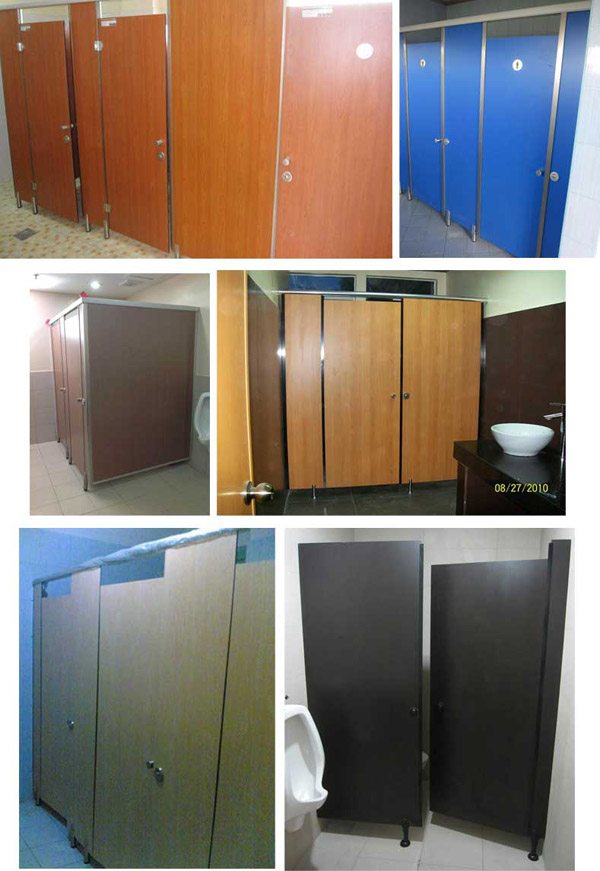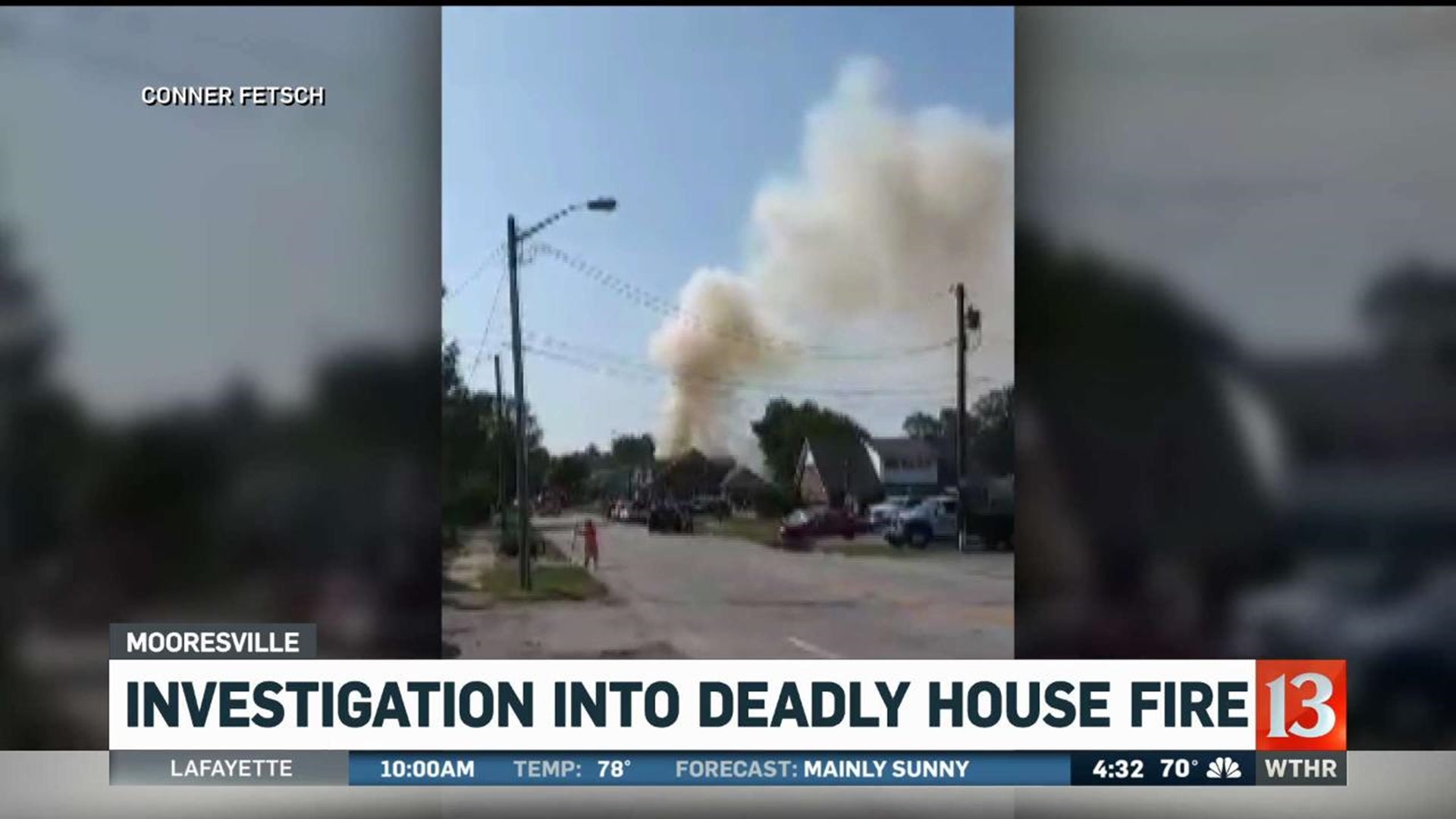Table of Content
Additionally, if you ingest any of these chemical compounds or suspect any individual in your home has, call poison control immediately. Do your first-rate to keep away from getting any of the improvement chemical substances on your skin, a true way is the usage of an apron and gloves and eye protection when mixing and pouring. Also, work in an area that has sufficient airflow, as you don’t favor to breathe in targeted fumes from the color-growing chemicals. Waiting for the full amount of drying time is essential due to the fact the moist film is very fragile and prone to damage like scratches and fingerprints.

Drop of your package containing the films at the Photo department. Plastic or cupboard-mounted slides starting from 35mm to 127 super slides. Shop digital goods up to 60% off, no shipping required.
Cheapest Place to Get 35mm Film Developed and How Much Does It Cost?
Services include processing for 35mm film, disposable cameras, Advanced Photo System film, black and white film, 110 film and slide film. Dwayne’s Photo is one of the cheaper online options to get your film developed online at $6 for color 35mm film ($7 for black & white 35mm film) and only $3 more for high-quality scans. Below you can see a chart that lists out 5 other options, if they offer development without scans, their prices, and if they offer free shipping to and from the facility.
Gloves – They’re not mandatory and not everybody uses them, but safety should always come first, and using gloves to handle chemicals is recommended. Film clips/clamps – These are helpful to hang the film and let it dry. Despite the fact that every person in the world owns a smartphone, people still like to wear the traditional wrist watch, which is a lot more than merely a timepiece. I obviously didn’t want her to drink any of the chemicals, so I put her in her balcony for a little while.
What Day of The Week Do CVS Stores Restock?
Then shake its proper aspect up and upside down every minute for the subsequent five minutes. Unless you have an appropriate darkroom for developing film, it is first-class to have a changing bag to switch the film from the canister. First, place the film canister, developing tank, bottle opener, and scissors into the changing bag.

I have pursued music and photography for most of my life and, in 2010, received a Master of Fine Arts in Photography. I was going to dispose of my chemicals on waste day, but I was out of town. So my chemicals are sitting in my basement in gallon containers until I take them to the waste site.
Developing
For this post, we will mainly address B&W improvement seeing that it’s the least tricky among the three, and best for beginners. In the recent decade, film photography is starting to become popular again despite the conveniences of digital cameras are common place. If you are unfamiliar with the photographic process some... Do your best to avoid getting any of the development chemicals on your skin, a good way is using an apron and gloves and eye-protection when mixing and pouring. Also, work in a space that has adequate ventilation and airflow, as you don’t want to breathe in concentrated fumes from the color developing chemicals. When added after the developer is removed, the blix will bleach and will fix your color film so it won’t be sensitive to light after this step.

Agitate your film in the development tank continuously for the first 10 seconds, then 4 complete tank inversions every 30 seconds. One complete tank inversion is turning your tank, with the secondary lid securely on the top of your tank so chemicals don’t leak out, upside down and then right-side up again at a consistent pace. Once the water reaches the correct temperature, while stirring pour the packet Blix A followed by Blix B in the distilled water. From there, all that’s left is to let your color film completely dry, which can vary based on humidity. Now, let’s take a more detailed look at the equipment you’ll need to get all this done.
Process Film
If there are unused parts of the solution, you can use your containers to store them till the subsequent project. In the planning stage, you have to already have an idea of a positive place in the house where you can safely execute the process. Since you will be dealing with chemicals, make certain your station is somewhere children or pets couldn’t reach.
You can then edit the digital archives as required on the computer. There are countless chemistry used for processing film, relying on the output you want to have. There’s a black and white, a coloration negative, and a color reversal type.
See this article I wrote about everything you need to know about darkroom chemicals for more information. Next, make sure your stabilizer solution is at room temperature (68°F or 20°C) in its storage bottle and pour the solution into the center column of the tank for 30 sec. to 1 minute. The stabilizer solution is important because it will prevent water spots and streaks on the film while it is drying as well as prevent fungus from growing on the film.
After the time is up, pour your blix solution from your development tank back into the storage bottle using a clean funnel. If using the same funnel for all of these steps make sure to thoroughly wash it so you don’t cross contaminate your chemicals. Once you’re ready to start, make sure you have all your supplies ready to unload your 35mm color film from the canister or unroll your 120 medium format color film. This will need to be done in complete darkness, whether that’s in a darkroom or using a film changing bag.


No comments:
Post a Comment